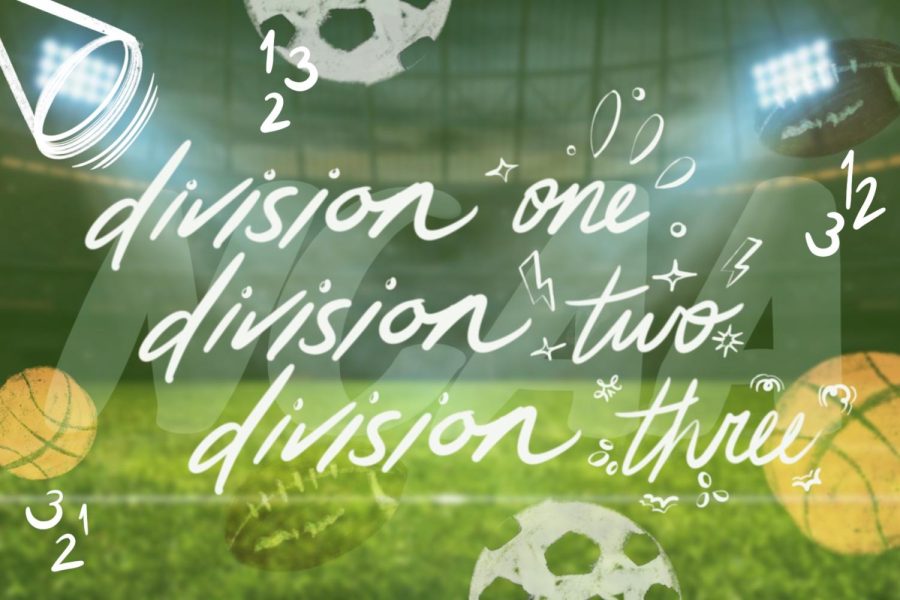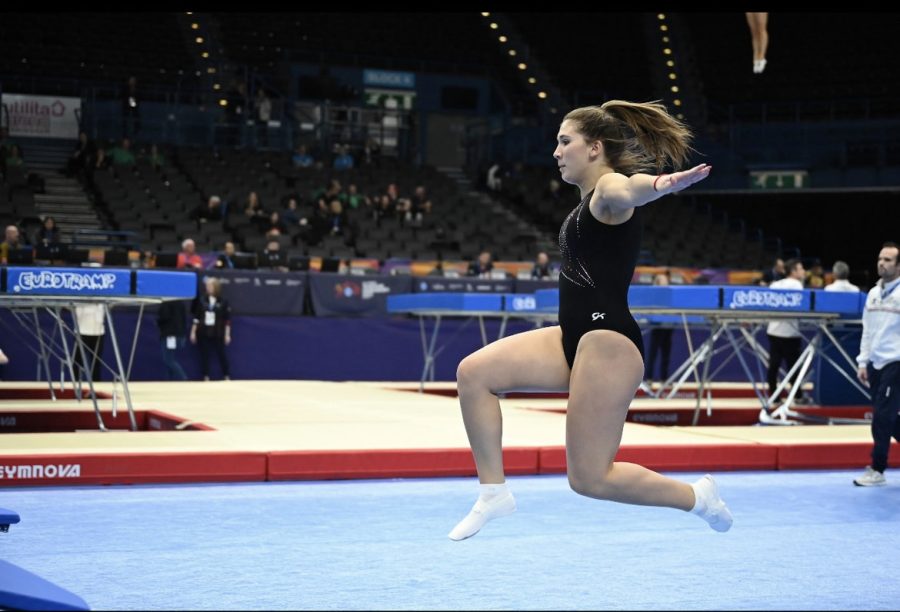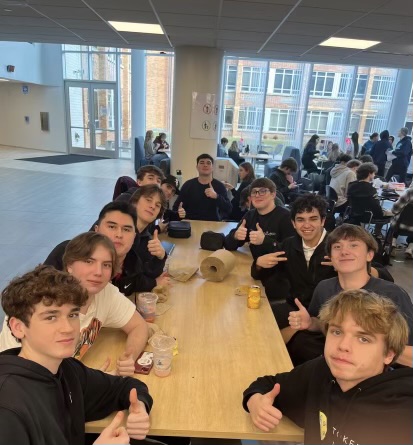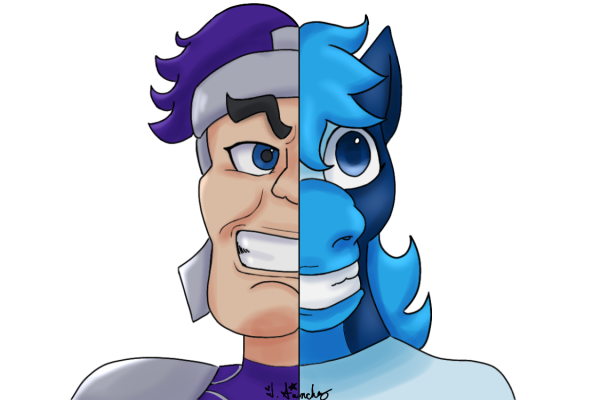The real difference between NCAA divisions
From the very start of an athlete’s career, many have the dream and ambition of playing in college, especially Division I (DI). In reality this is not a possibility for all athletes, however, what is not realized at such a young age are the other pathways that allow an athlete to play sports in college. Outside of DI programs there are lots of other ways to compete, especially at the Division II (DII) and III (DIII) level.
According to smartathlete.com, DI is home to the largest universities and colleges whereas DII and DIII member schools are smaller in size. It is also a common misunderstanding among athletes that the level of DII and DIII is weaker than DI. These statements are also supported by Head Athletic Director, Randy Konstans.
While all three levels are still very competitive and require a sizable time commitment, athletes still enjoy their time being a part of a collegiate team. Current DI swimmer at Bryant University, Calvin Groenwold spoke on his experience as a bulldog.
“What made me choose to swim DI over the other divisions is to be able to compete at the highest collegiate level and race against the best competition in the college scene,” Groenwold said.
Competing at the highest level also requires more training time throughout the week which could potentially impact your studies.
“I commit to about four hours a day to training in and out of the pool for six days a week. So about two hours of swimming, one hour lift and one hour cardio. Sometimes it’s two practices a day with two, two hour sessions. In terms of time management it really forces you to keep a routine and really have to prioritize school when you have free time,” Groenwold said.
It is very common for this physical and mental commitment to be unattractive for a young student athlete just starting college. In this case, DIII might be the best fit for you. DGS alum and current baseball player at University of Wisconsin-Whitewater, Matt Scolan highlighted his favorite memory from being a part of the Warhawks.
“My favorite part of playing DIII baseball is the flexibility in scheduling practices. They never interfere with classes and our practices and lifts are at times where our guys usually don’t have classes. I chose to play DIII baseball mainly because of the opportunities I had, and because I wanted to go somewhere that I knew I had a chance to play right away,” Scolan said.
However, if neither of these options are appealing to you, DII might be the perfect balance for you. Current lacrosse goalie at Maryville University explained how he ended up as a saint.
“What drew me to Division II lacrosse was the atmosphere. I feel like it’s more engaging than the DIII level but not the full commitment of playing DI. I would say there’s a balance between lacrosse and academics and we truly focus on both here while offering more freedom,” Robinson said.
All of this can come without sacrificing the competition level as well according to Robinson.
“My favorite part about playing DII lacrosse would be the competition level. The Great Lakes valley conference is very competitive and we play top teams in the country week in and week out. [You are] also traveling to different places and being on the road with your closest friends creates memories you’ll never forget,” Robinson said.
If you are an aspiring collegiate athlete there are a variety of pathways you may choose to take, however it’s all about finding the right fit for you and your family. This could mean a variety of different things based on your individual needs and interests but regardless of which division you choose, it should feel like home.












